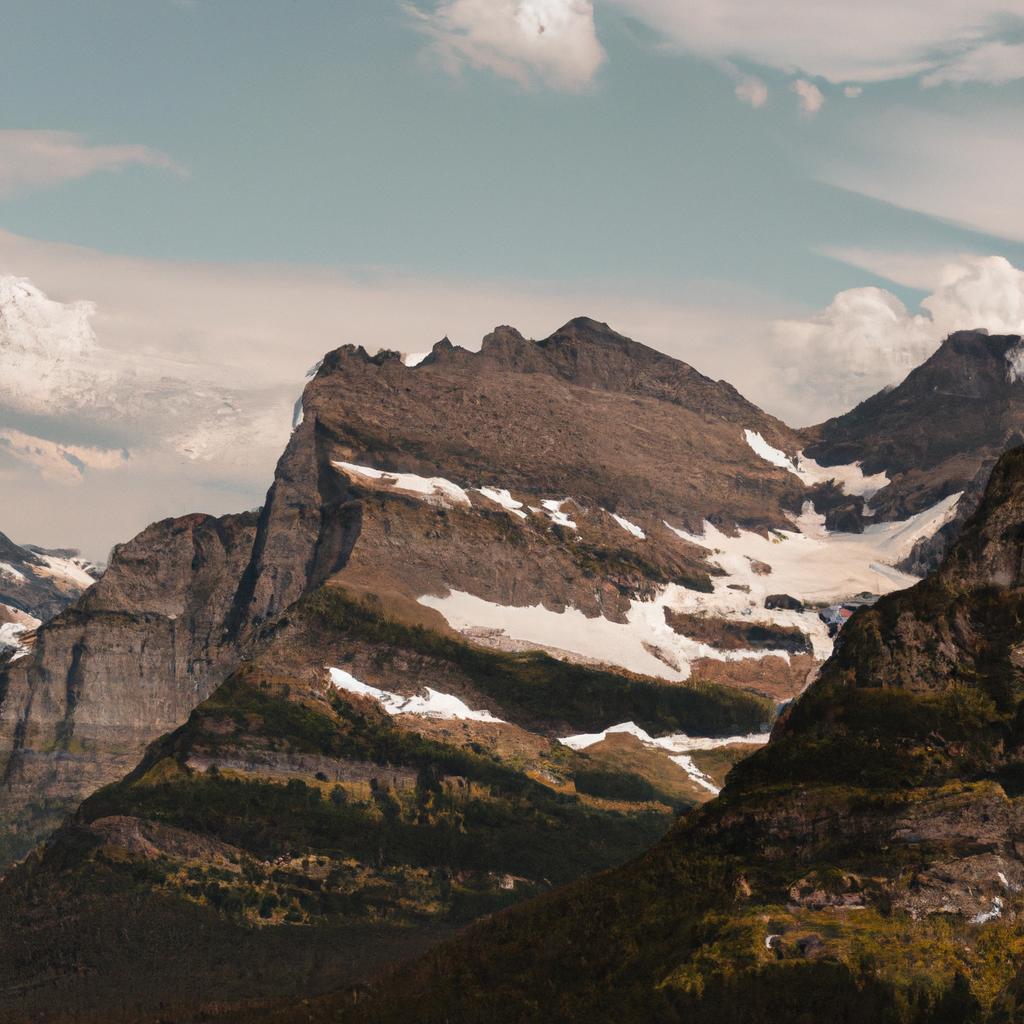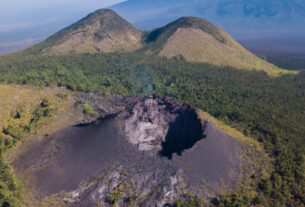Glacier National Park: a name that evokes wonder and awe. Located in the heart of the Rocky Mountains in Montana, United States, this stunning natural wonder encompasses 1,583 square miles of picturesque landscapes, diverse flora and fauna, and a rich cultural history. Let’s explore the beauty and significance of Glacier National Park.
Geographical Features
Glacier National Park is a feast for the eyes, boasting breathtaking scenic landscapes that leave visitors in awe. With over 130 named lakes, including the pristine Lake McDonald, Bowman Lake, and St. Mary Lake, the park is a paradise for nature enthusiasts. Its rugged mountains, valleys, and glaciers stand as testament to the awe-inspiring power of nature. The park’s extensive network of hiking trails, spanning over 700 miles, leads visitors to some of its most stunning vistas.
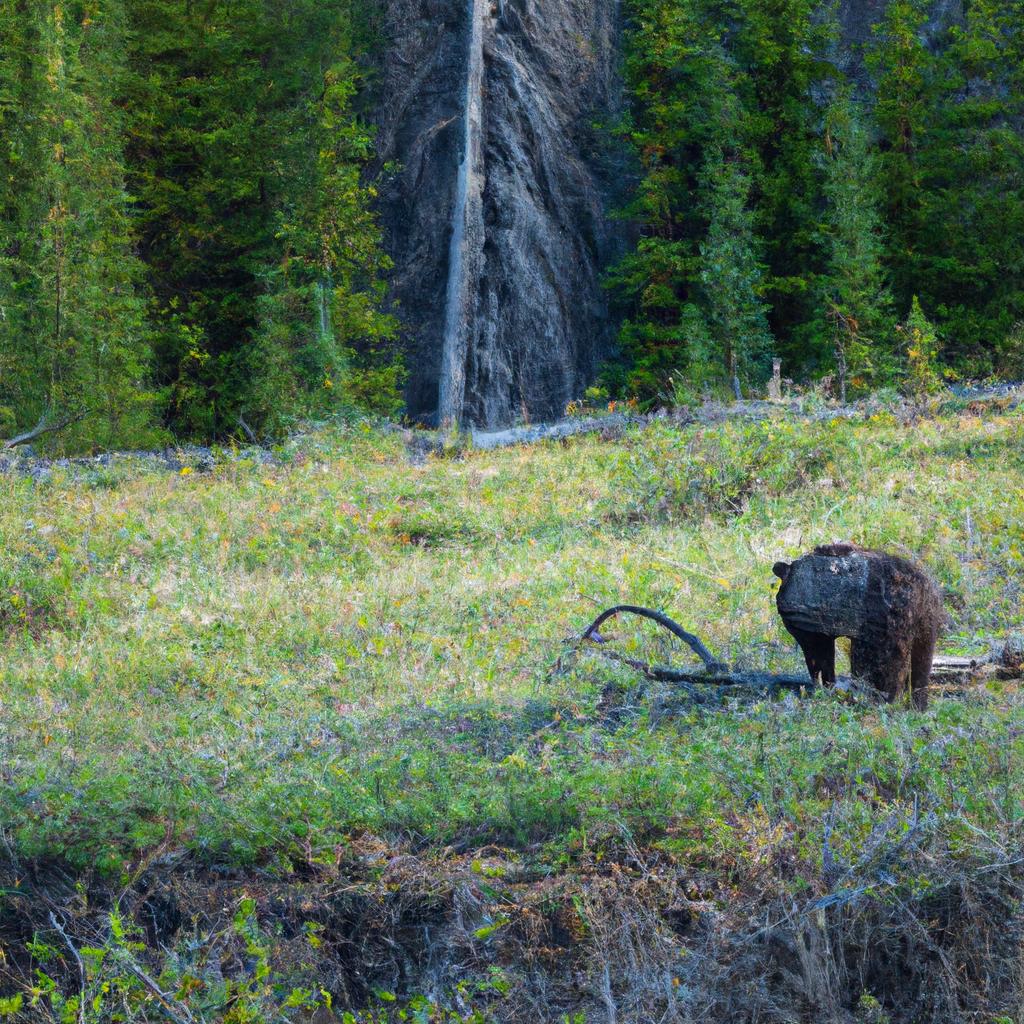
The park’s diversity extends beyond its landscapes. Glacier National Park is home to more than 70 species of mammals, including grizzly bears, black bears, mountain lions, elk, moose, and bighorn sheep. Its abundant birdlife includes bald eagles, ospreys, and peregrine falcons among its 270 species. The park’s varied ecosystems support over 1,000 species of plants, including vibrant wildflowers, shrubs, and majestic trees.
The park also boasts historical landmarks, such as the awe-inspiring Going-to-the-Sun Road. This 50-mile scenic drive offers breathtaking views of the park’s mountains and valleys. Additionally, Glacier National Park houses several historic lodges and chalets, including the Many Glacier Hotel, Lake McDonald Lodge, and Sperry Chalet, which provide a glimpse into the park’s storied past.
History and Culture
Embedded in the landscapes of Glacier National Park is a rich cultural history that stretches back thousands of years. The park lies within the traditional lands of the Blackfeet Nation, and its topography holds immense spiritual and cultural significance for the Blackfeet people. The park’s very name, “Many Glacier,” derives from the Blackfeet language, and its mountains and valleys harbor sacred sites and stories from their rich heritage.
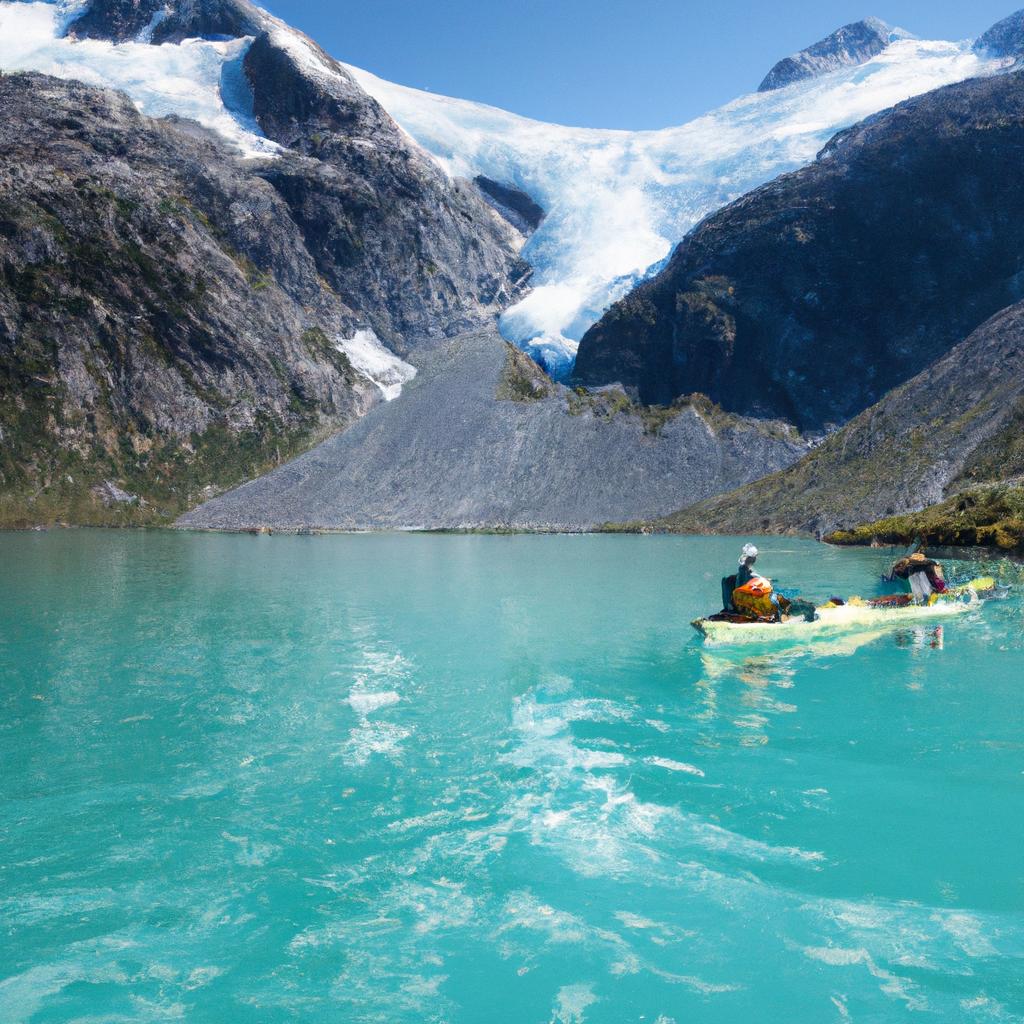
European Americans have also played a vital role in the exploration and settlement of Glacier National Park. Trappers and fur traders were the park’s earliest non-indigenous visitors in the early 1800s. The park’s first hotel was constructed in 1895, and it officially became a national park in 1910. Preserving the park’s historical essence, the early 1900s saw the construction of lodges and chalets that continue to captivate tourists today.
Furthermore, the park hosts various cultural events and activities that celebrate its history and culture. The Blackfeet Nation organizes an annual Powwow within the park, a vibrant celebration of Native American traditions. Ranger-led talks and tours provide visitors with insights into the park’s historical and cultural significance.
Outdoor Activities
Glacier National Park offers a plethora of outdoor activities for visitors to enjoy throughout the year. Its 700 miles of hiking trails cater to all skill levels, from easy nature walks to challenging backcountry hikes. Immerse yourself in the stunning landscapes and feel the connection with nature. The park provides a range of camping options, including frontcountry and backcountry camping, allowing visitors to truly immerse themselves in this natural wonder.
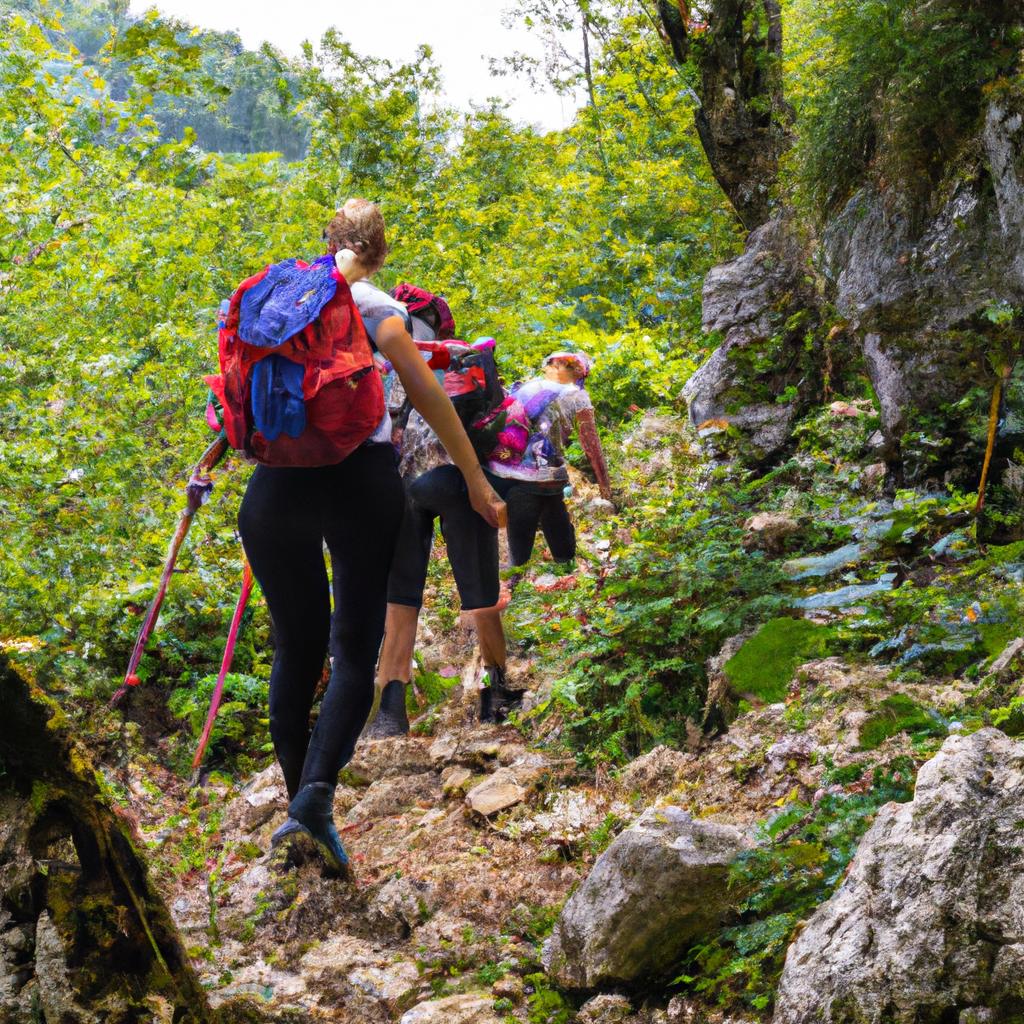
The park’s lakes and rivers offer an array of water activities, such as boating, fishing, and swimming. Visitors can rent boats or bring their own to explore the crystal-clear lakes and picturesque rivers. Designated fishing areas within the park provide opportunities to catch various fish species, including cutthroat trout and rainbow trout.
In winter, Glacier National Park transforms into a captivating winter wonderland. Visitors can indulge in winter sports and activities, such as skiing, snowshoeing, and snowmobiling, amidst the park’s stunning landscapes. Guided tours and ranger-led talks allow visitors to fully experience the park’s winter splendor.
Lodging and Accommodations
Glacier National Park offers a range of lodging options for visitors who wish to stay within the park itself. Historic lodges and chalets like the Many Glacier Hotel, Lake McDonald Lodge, and Sperry Chalet provide a unique and authentic experience, immersing guests in the park’s culture and history. These accommodations offer a variety of choices, including rooms, suites, and cabins.
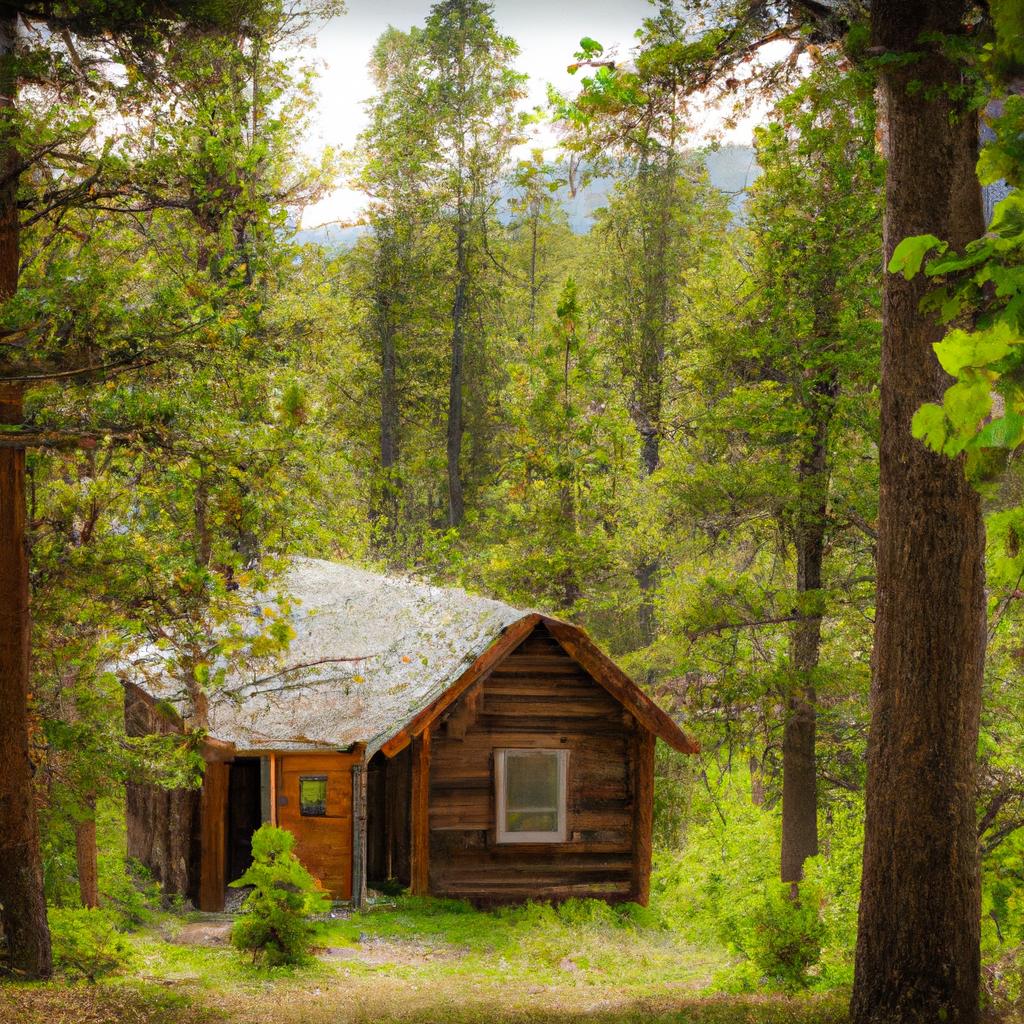
For those seeking a more rustic experience, the park offers 13 campgrounds with over 1,000 campsites, including backcountry options. These campgrounds provide amenities such as picnic tables, fire pits, and restrooms.
Nearby towns, including Whitefish, Kalispell, and Columbia Falls, offer additional accommodation options for visitors seeking convenient proximity to Glacier National Park. Hotels, motels, and vacation rentals allow guests to explore the park while enjoying comfortable lodging.
Conservation and Preservation
Glacier National Park is deeply committed to preserving its natural resources for future generations. Its endeavors encompass wildlife management, habitat restoration, and climate change mitigation. The park implements programs to monitor and manage wildlife populations, including those of grizzly bears, mountain lions, and wolves. Habitat restoration projects, focusing on wetland restoration and invasive species removal, contribute to maintaining the park’s ecological balance.
The park takes proactive measures to mitigate the effects of climate change. In the face of rising temperatures, Glacier National Park has witnessed a concerning decline in the number of glaciers over the past century. To combat this, the park conducts ongoing climate change research and endeavors to reduce its carbon footprint.
Visitors can actively support conservation efforts by adhering to Leave No Trace principles, minimizing their carbon footprint, and contributing to park programs and initiatives. Volunteer programs, focusing on trail maintenance and habitat restoration projects, provide opportunities for individuals to engage with the park’s conservation efforts. Together, we can ensure that Glacier National Park stands as a natural wonder for generations to come.
To learn more about Glacier National Park, visit TooLacks and explore its majestic beauty.
